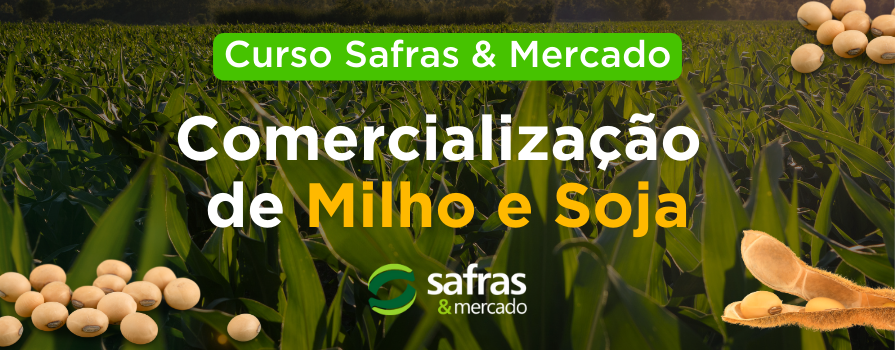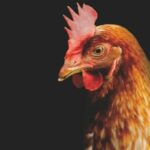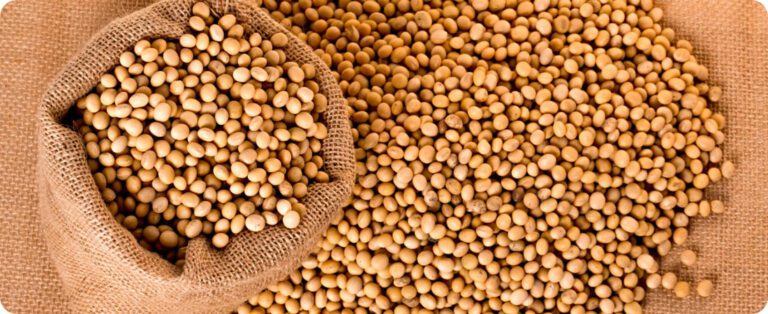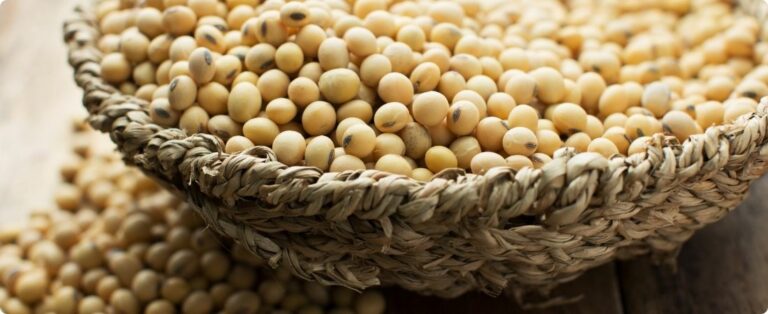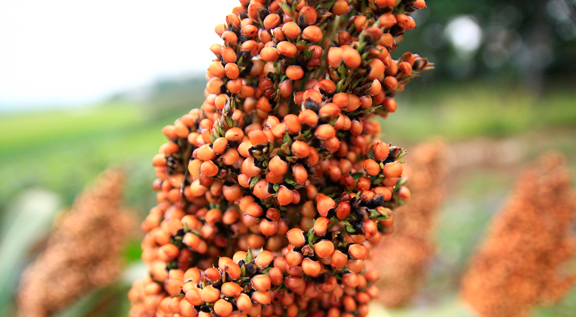
Image: Pixabay
In the evaluation of experimental rations, the results with high-tannin sorghum indicate a reduction of 44% in acanthocephalans and 83% in monogeneans. These parasites represent important problems that affect breeding and reduce production in fish farming. “The values obtained in the research are considered promising for the search for ingredients that combine fish nutrition and health, without the use of chemicals and without compromising the quality of the fish”, declares Embrapa researcher Cheila Boijink, who develops health research of fish, and coordinated the study through the project “Assessment of tannins in diets for tambaqui juveniles in the control of helminths and zootechnical performance”. The research project was carried out from 2019 to 2021, with financial support from the Amazonas State Research Support Foundation (Fapeam). In the study, tannins were evaluated in hydrolysable form (tannic acid) and condensed form (high tannin sorghum), with the aim of identifying whether they have anthelmintic action and do not harm the acceptance and zootechnical performance of the animals.
Natural antiparasitic product
The use of plant sources in fish feeding has increased in recent years, in order to meet the demand for feed and sustain the development of aquaculture production. One of the alternatives is the use of compounds derived from plants, due to little or no side effects on fish and the environment and which is a more sustainable agricultural practice. Natural products, with known antiparasitic properties, are considered a potential alternative, and among these compounds is tannin, present in several plants such as sorghum.
According to Boijink, the results obtained show that tannins are efficient for controlling helminths and can be used in feed as a natural alternative ingredient, without harming animal performance. This line of research has already been developed by researchers from Embrapa Amazônia Oeste, who previously proved that another source of tannin, banana residues, is also efficient in controlling helminths in tambaqui.
{module Form RD}
Looking for alternative ingredients
As fish feed in fish farming corresponds to around 70% of total production costs, research by Embrapa Amazônia Oeste has sought alternatives based on the evaluation of non-conventional ingredients in the state of Amazonas that can reduce the cost of feed for tambaqui. “With a more economical diet, at the end of the cycle, the costs will be lower than those of production using conventional feed that uses soybean meal and corn as a base, commodities that have a high fluctuation in value on the international market. Furthermore, Amazonas obtains a significant portion of ingredients and feed from neighboring states, which places an even greater burden on Amazonian fish farmers, who pay for the logistical cost of obtaining this”, explains Embrapa researcher Jony Dairiki, who works in Nutrition and Feeding of species. aquaculture farms in the Amazon, and participated in the research.
Dairiki notes that sorghum (Sorghum bicolor) is an energy ingredient of plant origin, with a similar composition to corn, however, it is a food with lower production costs compared to corn. Therefore, sorghum was chosen for evaluation as a raw material option, considering that the cost of feed could be lower with greater inclusion of sorghum in the fish diet.
The researcher informs that sorghum planting stands out for its rusticity, possibility of cultivation in the off-season and in soils poorer in fertility and with water deficit. The sorghum plant produces grains and dry matter for forage composition that contribute to animal feed, and tannin is a natural chemical substance in sorghum grain.
The research identified that the use of low-tannin sorghum to feed tambaqui juveniles instead of corn led to a reduction of 27.4% in the cost of feed when the level of inclusion of this ingredient was 40%.
Another important fact is that high-tannin sorghum can be used in diets for tambaquis up to 45% of inclusion in the formulation, without any adverse effect on animal performance, over a period of up to 45 days. The researchers add that further studies with animals for fattening and with a longer experimental period need to be carried out to complement the research, in addition to the important validation in local fish farms.
Parasites cause economic losses in tambaqui farming
Specializing in fish health, Boijink explains the difference between monogeneans and acanthocephalans and how they affect tambaqui. “It is important to highlight that, although there is transmission of these parasites between infested fish, these parasites do not pose any risk to human health”, he explains.
Monogeneans are ectoparasites (external parasites) that attach mainly to the gills and can cause hypersecretion of mucus that impairs the animals' breathing. Because they have a direct and short life cycle, reinfections can be routine in fish farming tanks. Large infestations cause high mucus production, destruction of the gill epithelium and rupture of blood capillaries, causing breathing difficulties, a sign that can be confused with the behavior of the fish in low concentrations of oxygen in the water. Fish may experience weight loss and lesions also become a gateway for secondary bacterial and fungal infections.
Acanthocephalans are endoparasites (internal parasites) and attach themselves to the intestinal wall. The effects of parasitism on tambaqui production depend on the intensity of the infestation and the physiological and nutritional status of the animals. Large infestations can result in necrosis and ulcerations in the intestinal epithelium, impairing nutrient absorption; consequently, the animals lose weight and become more susceptible to handling, parasites and pathogens and any change in water quality. The consequence is delayed growth, reduced zootechnical performance and some weaker animals may die, which leads to economic losses.
Treatment
For both parasites, monogeneans or acanthocephalans, treatment can be prophylactic or therapeutic, according to Boijink. The ideal is prophylactic treatments, which adopt a set of precautions to avoid the disease. However, due to several factors, infestations often end up occurring, which require therapies using chemical substances, which can generate waste deposition in nature. “The constant use of these chemicals can lead to a reduction in effectiveness caused by the resistance developed in the parasite and, many times, they are costly”, he explains.
Due to unwanted side effects caused by chemotherapy drugs, such as reduced effectiveness caused by resistance developed in the parasite, risks of intoxication to consumers and pollution in water sources, the use of herbal medicines has been a viable alternative for controlling parasites.
Prevention
According to researchers, to prevent these problems in fish farming, it is recommended to adopt good practices such as acquiring quality fry, carrying out quarantine, monitoring water quality, providing quality feed in adequate quantities and using appropriate and sanitized equipment. Another indication that helps to detect possible problems even at the beginning is the routine observation of the feeding response, as the reduction in food consumption is the first response of fish to a stress condition, and can be motivated by inadequate water quality or the beginning of a illness. It is also necessary to observe the presence of changes in behavior or external clinical signs, such as abnormal coloring, excessive mucus production, among others, as ways of identifying problems at an early stage, which facilitates the treatment of animals.
Per: Embrapa

